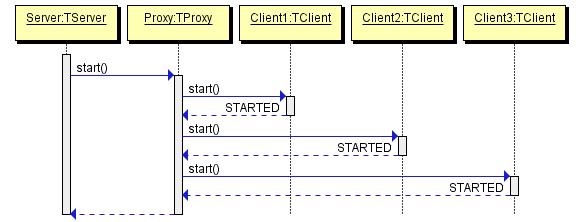

The operators in UML supports operations on data in the form of branching as well as an iteration. OperatorĪn operator specifies an operation on how the operands are going to be executed. It has no side effects on the state of an object. Some messages do not have the values of some attributes. In interaction diagram, not all messages cause to change the state of an instance.

A state is a condition or a situation during a lifetime of an object at which it satisfies some constraint, performs some operations, and waits for some event. When an instance or a lifeline receives a message, it can cause it to change the state. The message never reaches the destination, and it is lost in the interaction. The sender of the message is outside the scope of interaction. The sender destroys the created instance. The sender creates an instance of a classifier. The receiver of an earlier message returns the focus of control to the sender. The sender does not wait for a return from the receiver instead, it continues the execution of a next message. The sender of a message keeps waiting for the receiver to return control from the message execution. This movement is called a flow of control.įollowing are the messages used in a System Interaction Diagram: Message Name As the interaction progresses over time, the focus of control moves between various lifelines. When a lifeline is executing a message, it has a focus of control. When a lifeline receives a call message, it acts as a request to invoke an operation that has a similar signature as specified in the message.
#SEQUENCE DIAGRAM TOOL SOFTWARE#
The Sequence Diagram in Software Engineering shows the interaction between two lifelines as a time-ordered sequence of events. The purpose of a sequence diagram in UML is to visualize the sequence of a message flow in the system. Notation of an Interaction Diagramįollowing are the different types of interaction diagrams defined in UML: Interaction diagrams capture the dynamic behavior of any system. The details of interaction can be shown using several notations such as sequence diagram, timing diagram, communication/collaboration diagram. Various UML elements typically own interaction diagrams. The critical component in an interaction diagram is lifeline and messages. Interaction diagrams are designed to display how the objects will realize the particular requirements of a system. Interaction diagrams mostly focus on message passing and how these messages make up one functionality of a system. It does not manipulate the data associated with the particular communication path. Interaction Diagram are used in UML to establish communication between objects.


 0 kommentar(er)
0 kommentar(er)
